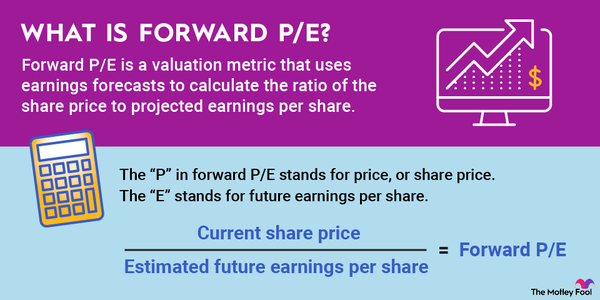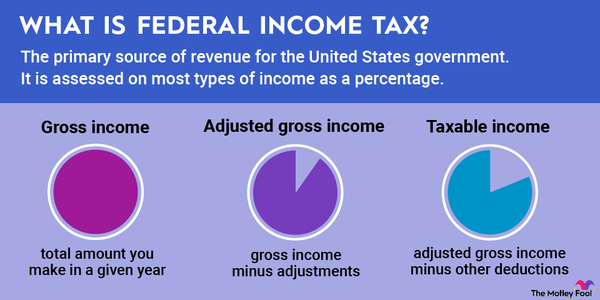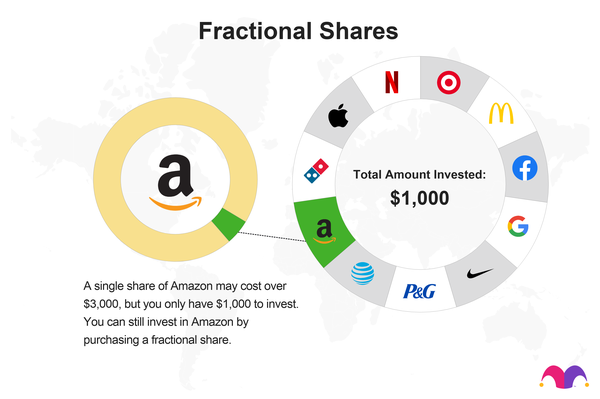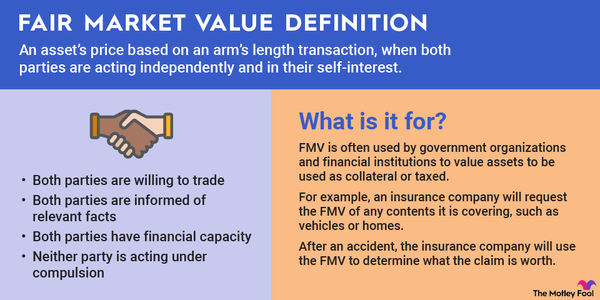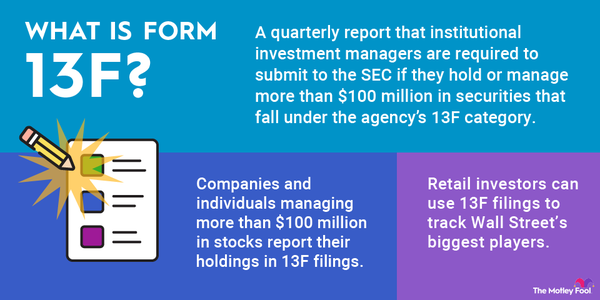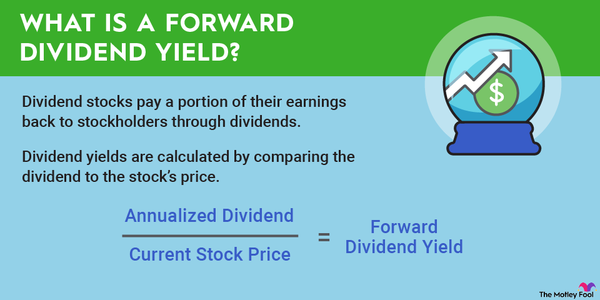Being the first mover can be a big benefit in the business world. Companies often race to be the first to market, and some of the largest companies in the world have established themselves in part because of the first-mover advantage.

What is a first mover?
What is a first mover?
A first mover is the company that first introduces a product or service and gains a large market share. To clarify, it’s not necessarily the very first company to launch a product or service. It’s the first company to launch and capture a sizable portion of the market. Many of the companies referred to as first movers weren’t the first to launch, but they were the first to operate on a large scale.
The first-mover advantage
The first-mover advantage
The competitive advantages that companies gain by being first are called the first-mover advantage. One of the most important of these advantages is brand recognition. When a company is the first to successfully enter a market, it can acquire a sizable portion of the customer base. In some cases, first movers even become synonymous with the product they offer. Kleenex, produced by Kimberly-Clark (KMB -1.23%), is a great example of this.
The first mover often has a significant production edge. It can set up deals with suppliers before its competitors, potentially getting a better price or getting an exclusivity agreement. It may be able to apply for patents that prevent competitors from using the same methods and technology. It’s also able to refine its production processes and improve efficiency. While other companies are still working on launching a product and entering the market, the first mover could already be making its offering better and more affordable to produce.
It’s worth noting that being the first mover has its risks and drawbacks, as well. There can be high start-up costs for first movers, and it’s challenging to market something new to consumers. Second movers have advantages of their own. They can analyze the first version of a product, which will likely have its share of flaws, and design an improved version.
Investing strategies
Investing in companies with the first-mover advantage
There are two ways for investors to benefit from the first-mover advantage. You can invest in stocks of established first movers, or you can look for companies that will potentially be first movers.
Finding established first movers is generally the easier and safer option. Many of the most successful companies on the stock market were first movers that got in early and leveraged the first-mover advantage to build their brands.
Investing in potential first movers is considerably more difficult and riskier. These types of deals are more common for private equity investors, who can get in before a new company is publicly listed. Another option is to look for innovative companies that are developing new products or getting into new markets. Tech stocks are a good place to start.
Related investing topics
Historic first movers
Historic first movers
Amazon (AMZN -2.58%) and eBay (EBAY 0.21%) are two companies that rode the first-mover advantage to major success. In Amazon’s case, it became the largest online retailer in the world after starting out as the first notable online bookseller. For eBay, it was the first online auction platform connecting buyers and sellers. It used that first-mover advantage to become the most famous online auction site.
Nvidia (NVDA -7.03%) is a more recent example of a company that benefited greatly from the first-mover advantage. It specializes in graphics processing units (GPUs), which are used with artificial intelligence (AI) technology. As the use of AI has taken off, Nvidia’s chips have been in high demand, and it rocketed up the list of the most valuable companies in 2024. The first-mover advantage doesn’t guarantee success, but it can lead to explosive growth if the first mover has a valuable product.


















